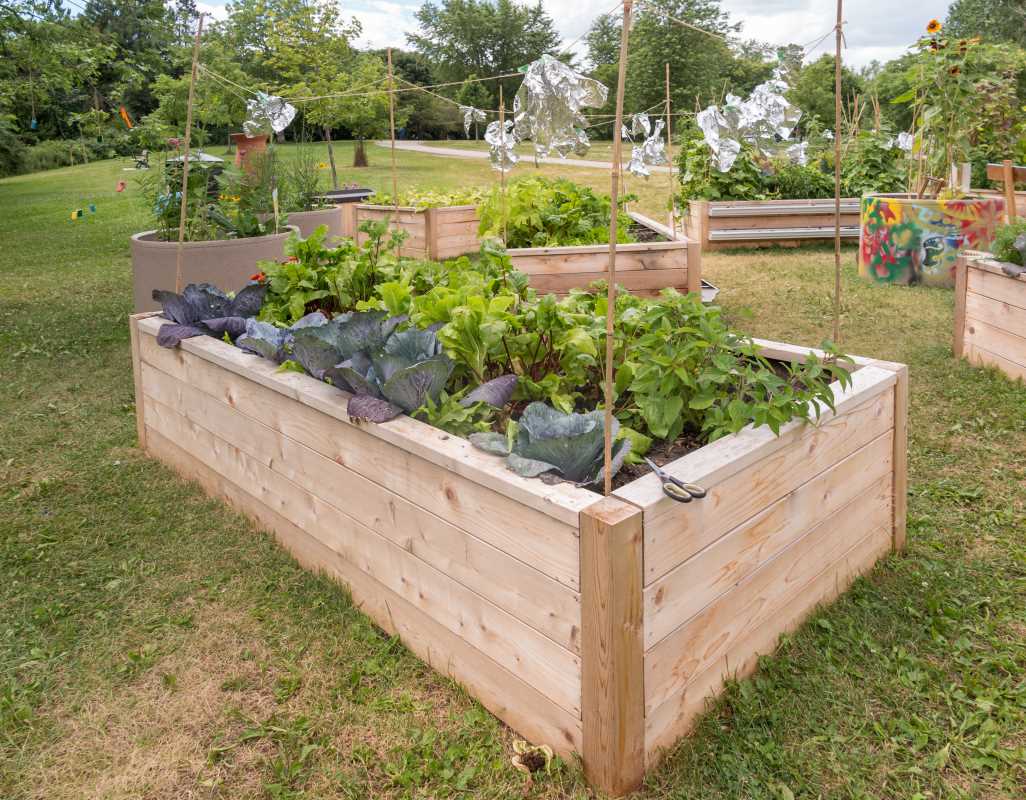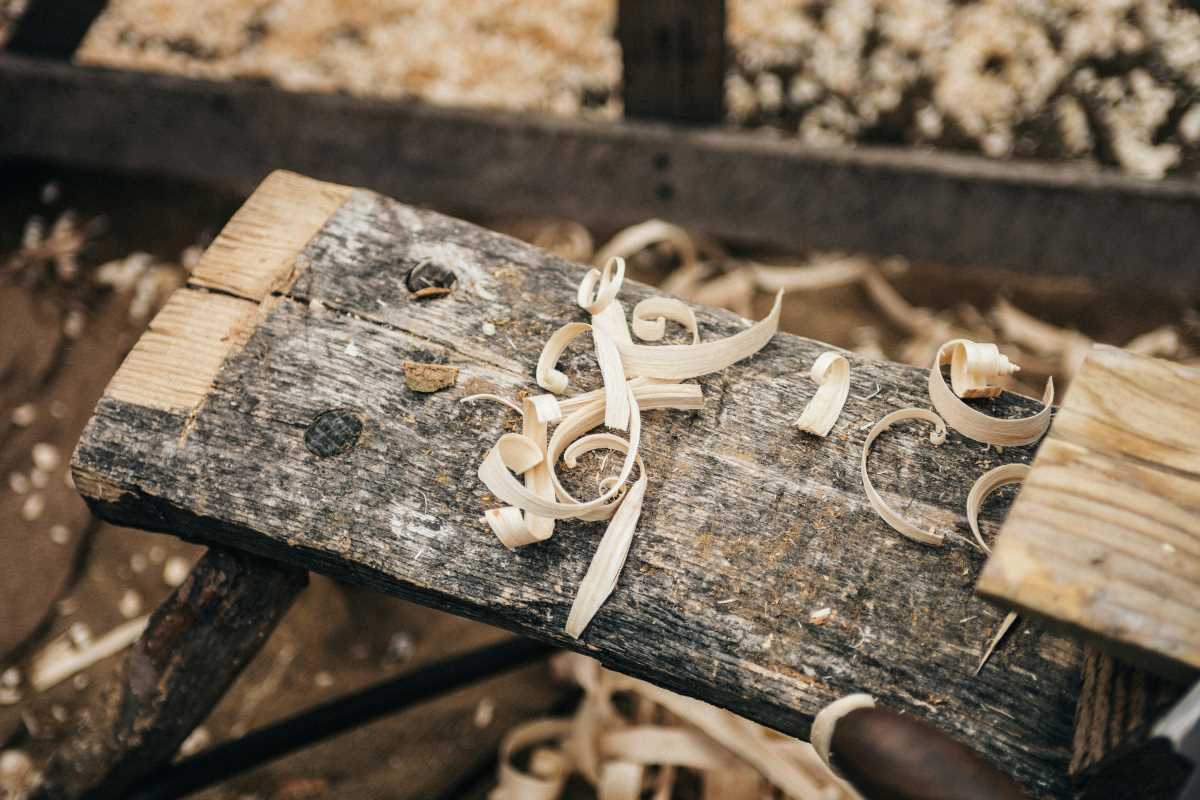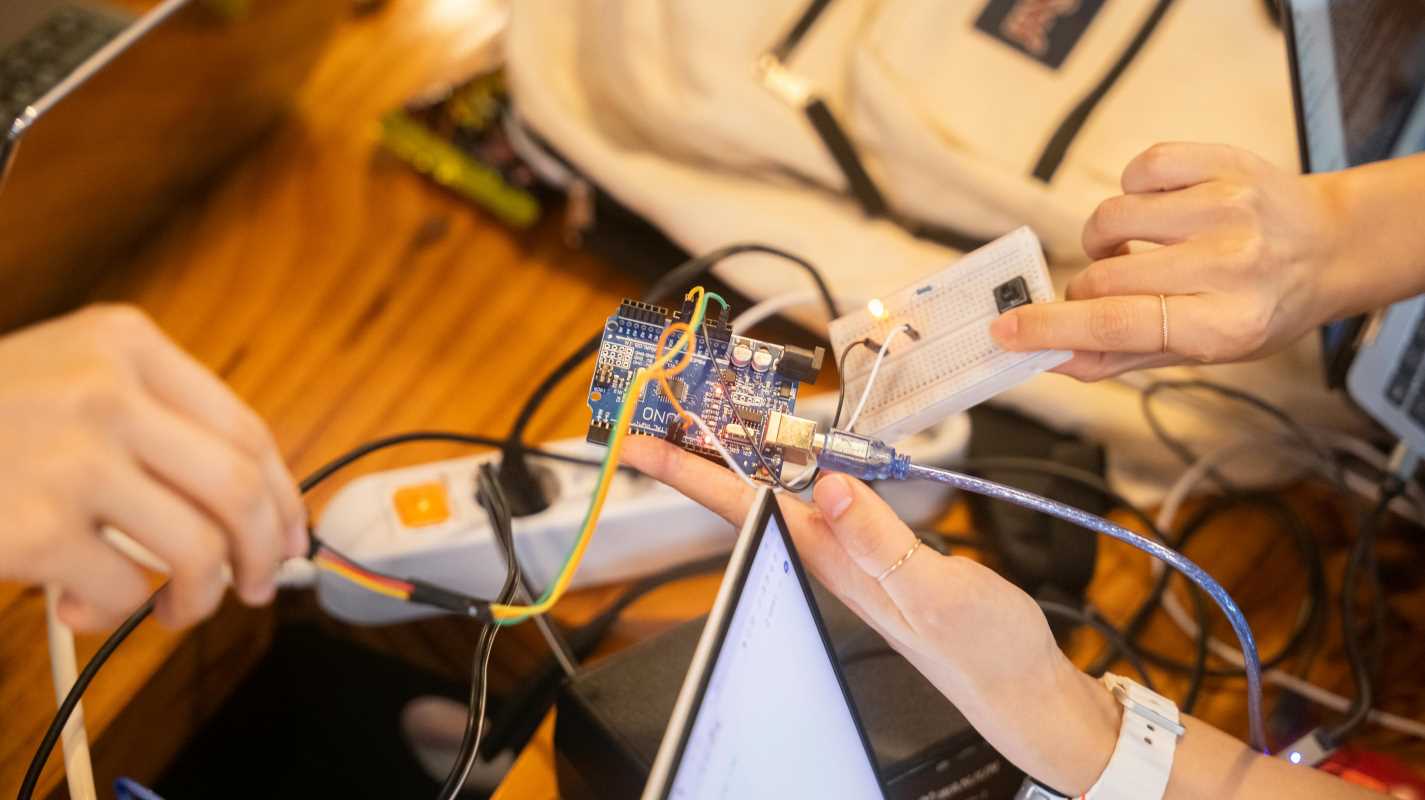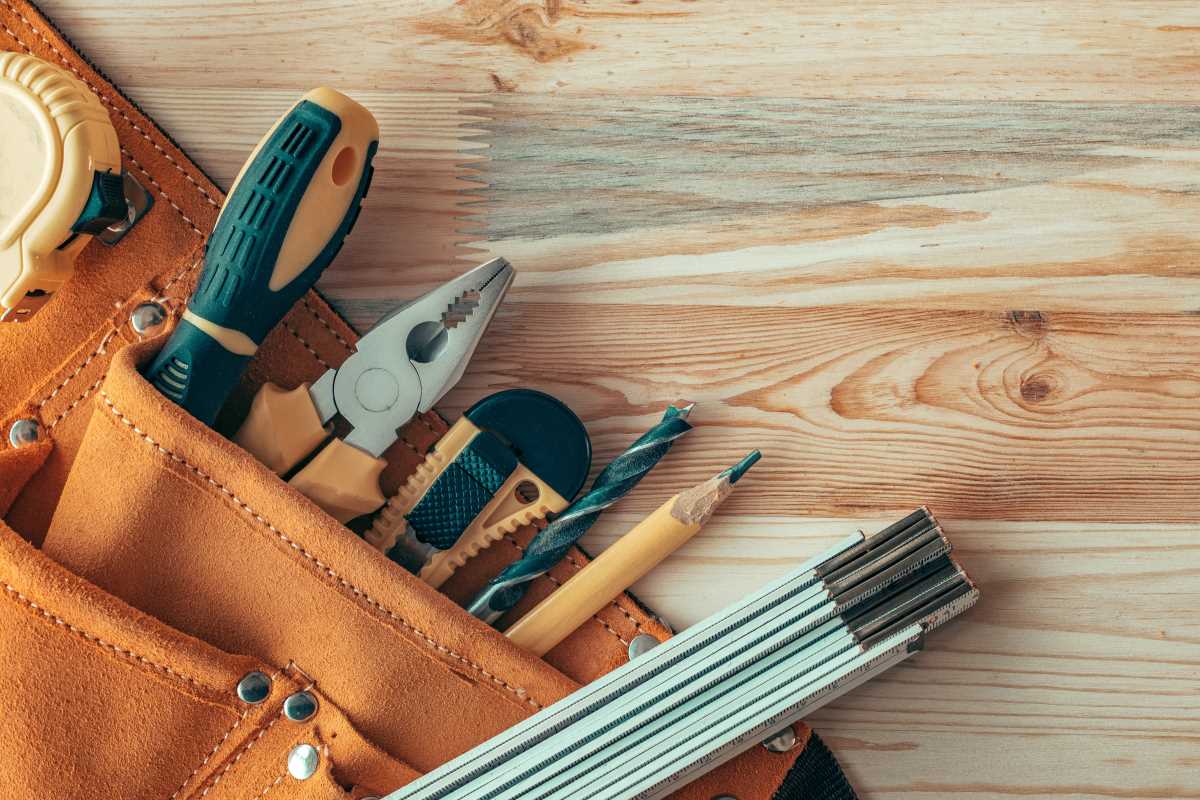Creating a geometric terrarium serves as a rewarding DIY project that enhances your living space and allows you to express your creativity. By using recycled glass panels, you can craft a stunning display that is both eco-friendly and visually appealing. This guide will walk you through each step of the process, ensuring that even beginners can successfully build their own terrarium.
Before we discuss the steps, let's define a geometric terrarium. Simply put, it is a glass container containing plants and other natural elements designed to mimic a miniature landscape. The unique shape of these terrariums adds an interesting visual element to any room.
Gathering Materials
Before diving into the construction of your terrarium, you must gather all the necessary materials. Having everything on hand will make the assembly process smoother and more enjoyable.
- Recycled glass panels – the primary material for your terrarium structure.
- Silicone sealant – for securely joining the glass panels.
- Protective gloves – to ensure safe handling of glass.
- Measuring tape and ruler – for accurate measurements.
- Glass cutter – essential for cutting the panels to the desired size.
- Sandpaper – to smooth any rough edges after cutting.
- Decorative stones or sand – for the base layer of the terrarium.
- Activated charcoal – helps in maintaining a healthy environment inside the terrarium.
- Potting soil – suitable for the plants you intend to include.
- Selection of small plants – such as succulents or air plants.
Designing Your Terrarium
- Decide on the geometric shape you want your terrarium to take, such as a cube, pyramid, or hexagon.
- Sketch a rough design to visualize the layout and dimensions of each glass panel.
- Determine the size of your terrarium based on where you plan to display it.
- Plan the placement of plants to ensure they have enough space to grow well.
- Consider adding decorative elements like stones or figurines to personalize your terrarium.
Cutting and Assembling the Glass Panels
Careful cutting and precise assembly play crucial roles in the stability and appearance of your terrarium.
- Measure the glass panels according to your design, marking the cut lines with a permanent marker.
- Using a glass cutter, score along the marked lines to create a clean break.
- Gently apply pressure on both sides of the score line to snap the glass along the cut.
- Sand the edges of each panel to remove any sharpness, ensuring safe handling.
- Arrange the panels according to your design before applying the silicone sealant.
- Apply a consistent bead of sealant along the edges where panels meet, pressing them firmly together.
- Allow the sealant to cure completely, following the manufacturer's instructions, before moving on to the next steps.
- Inspect each joint to ensure there are no gaps, which could compromise the terrarium's integrity.
Plant Selection and Arrangement
Choosing the right plants is vital for the success of your terrarium. Opt for species that thrive in enclosed environments and require minimal maintenance.
Popular choices include succulents like echeveria and haworthia, air plants such as tillandsia, and small ferns. When arranging the plants, consider their height and growth patterns to create a harmonious and balanced look. Start by placing larger plants at the back and smaller ones towards the front, ensuring each has enough space to flourish.
Benefits of Using Recycled Glass
Incorporating recycled glass in your terrarium project offers numerous environmental benefits. By repurposing glass panels, you reduce waste and the demand for new materials, contributing to a more sustainable planet. Using recycled materials adds a unique and vintage charm to your creation, making each terrarium one-of-a-kind.
Recycling glass consumes less energy compared to producing new glass from raw materials. This not only lowers your project's carbon footprint but also supports eco-friendly practices. Embracing recycled resources like recycled yarn in various DIY endeavors further amplifies these positive impacts.
Maintaining Your Terrarium
- Place your terrarium in a location with appropriate lighting, avoiding direct sunlight that can overheat the plants.
- Water sparingly; most terrarium plants require minimal moisture. Use a spray bottle to lightly mist the plants when the soil appears dry.
- Remove any dead or decaying plant matter promptly to prevent mold growth.
- Ensure proper ventilation by occasionally opening the terrarium lid to refresh the air inside.
- Monitor the humidity levels and adjust watering as needed to maintain a balanced environment.
- Clean the glass periodically to keep your terrarium looking pristine and to allow maximum light penetration.
Building a geometric terrarium using recycled glass panels proves to be a gratifying project that blends creativity with sustainability. By following these steps, you can craft a beautiful and lasting addition to your home while making a positive impact on the environment. Enjoy the process and take pride in your eco-friendly creation!
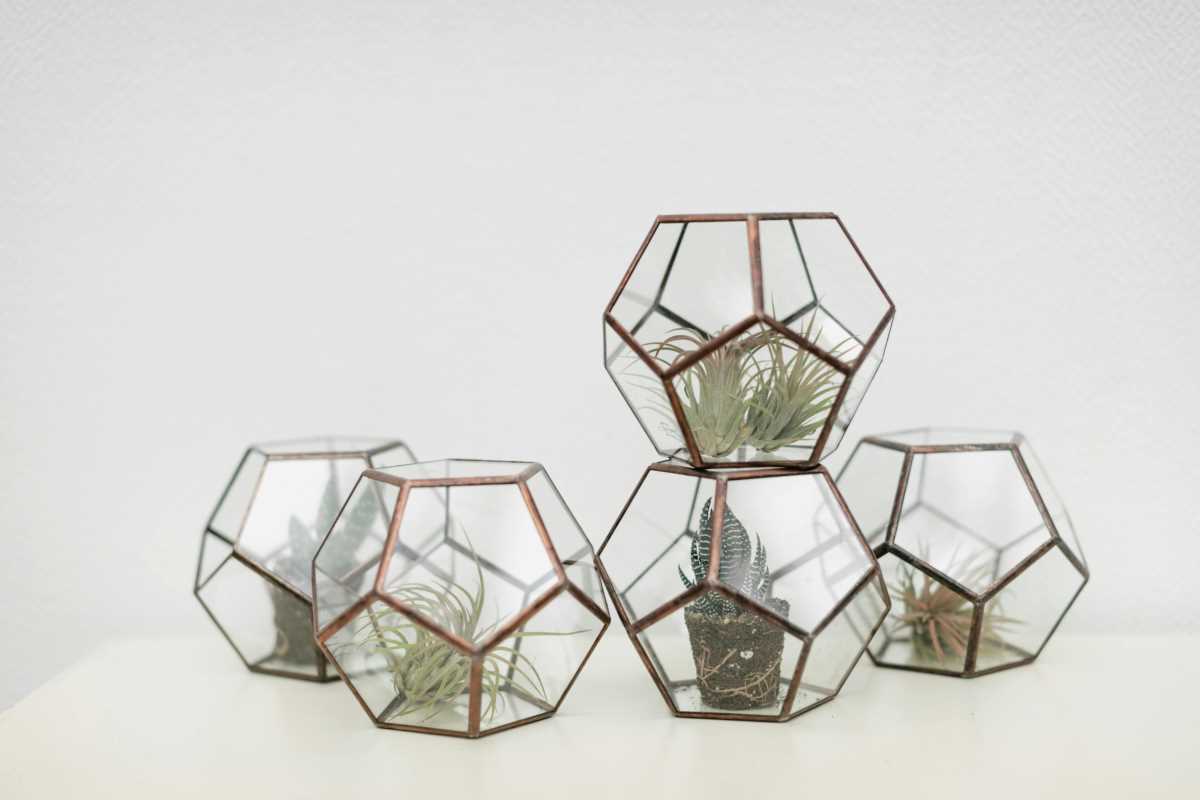 (Image via
(Image via